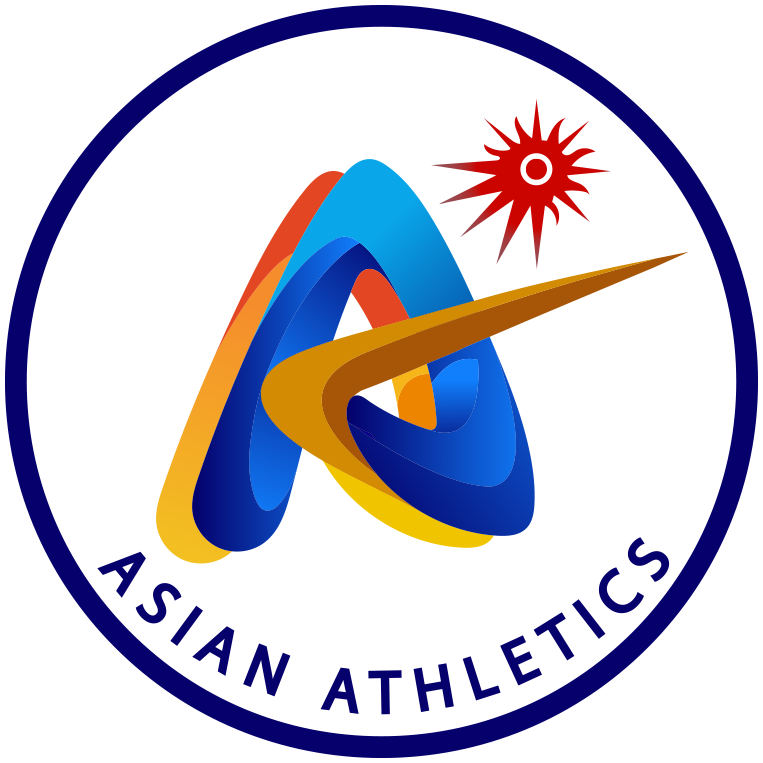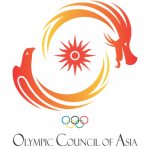The success of the inaugural World Junior Athletics Championships in Athens, Greece, in 1986 prompted the Asian Amateur Athletics Association to create its own competition for juniors. The 1st Asian Junior Track & Field Meet was organized in a grand manner in Jakarta, Indonesia, from 4 to 7 December the same year.
As many as 21 member federations of the AAAA took part in the first edition, in which athletes competed for top honours in 40 events, comprising 22 for boys and 18 for girls.
The most remarkable performance in the inaugural edition came from Chinese sprinter Li Tao, who clocked an incredible 10.26 secs to win the gold in 100m. In that process, Li erased the Asian (Senior) Record set by his country-mate Zheng Chen (10.28s), the previous year in the same venue.
Li Tao, who beats teammate Wang Wenzhong to second place (10.47s) in Jakarta, was placed fifth in the Asian Games held in Seoul earlier that year. Ironically, his championship record (10.26s) has remained unbeaten for the past 37 years!
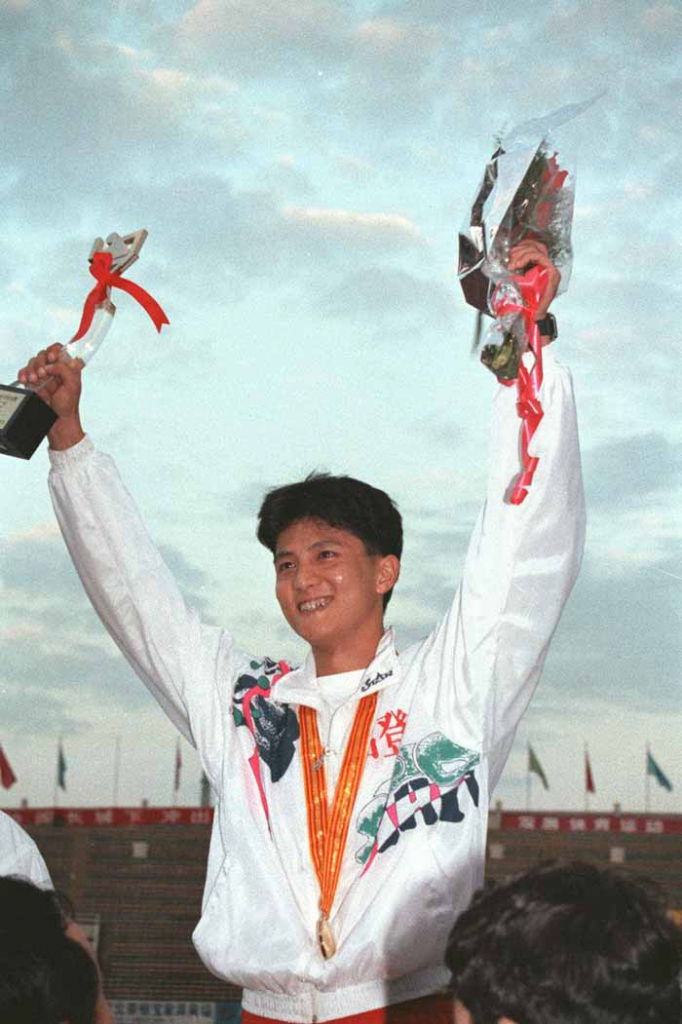
Another great performer in the championships was Japanese hurdler Hiroshi Kakimori. A favourite after his silver-winning performance in 400m hurdles in the Athens World Juniors, Kakimori snatched the top place in 110m (14.28) and 400m (51.37) hurdles. Although it was a cake-walk for Kakimori in the longer distance, he had to overcome the stiff challenge from Qatar’s Rashid Sheban Marzouk in the 110m hurdles, where the Qatari athlete posted a new national record of 14.33 secs for the silver.
Japanese long jumper Nobuo Toyoda produced a brilliant 7.93m leap to secure the top spot in his favourite event.
In yet another significant entry, Ni Tao, son of famous Chinese high jumper Ni Chi-Chin, made his continental appearance to win in 2.15m. Having scaled a superior 2.21m to win the China-Japan-Australia junior international meet in August in Beijing that year, Ni was the natural choice for the podium in Jakarta. His father cleared an excellent 2.29m, the “Best in the World” at that time, in front of an estimated 80,000 spectators in Workers Stadium, Shangsha, on 8th November 1970.
Among the girls, North Korea’s Kim Chun-Mae won a distance double by winning the 3000 and 5000m.
1988 Singapore: An exciting dual between China and Japan
The second edition of the championships witnessed an exciting contest between the top two Asian nations in the sporting arena of the great continent in which 23 member federations took part.
Although the Japanese athletes won 29 of the 120 medals from 40 events in the offing, they were one gold short of China’s 14 to be ranked second in the medals table at the end. The junior women from China dominated the scene by winning gold in 10 events, contributing richly to their country’s top position.
New championship records have been created in as many as 23 events besides the ‘inaugural’ record in the modified javelin for junior men. Notable among them were Ibrahim Ismail Muftah’s 46.59 secs in 400m and Mohamed Suleiman’s 3:44.00 over the metric mile. Both represented Qatar and were drawing considerable attention for their excellent junior performances.
Athletes from Chinese Taipei annexed six golds, four with new meet marks. Nai Hui-Fang garnered a long and triple jump double with 16.48m meet record in the latter. After setting a new meet mark of 11.91 secs in the heats, Chen Ya-Li finished second in 100m. Chen Ya-Li also clocked a new time of 24.24 secs to win the 200m. Later, she took her national relay squad to victory. Interestingly, the Taipei team won both the relays (4×100 and 4x400m) in record times, while the teams from Japan and Malaysia finished in the next two places in both events. Heptathletes Hsu Huei-Ying (5364 pts) and Ma Chun-Ping (5192) brought further medals to their country.
1990 Beijing: Hosts China dominated the proceedings
As expected, China ruled the four-day meet held in their national capital Beijing. A sumptuous 26 golds from 40 events went in favour of the hosts. Chinese athletes accomplished 17 of the 19 new meet marks recorded. Japan’s Yoshihiko Saito in 400m hurdles (50.89 secs) and Korean high jumper Lee Jin-Taek (2.20 mtrs) were the other record-breakers in Beijing.
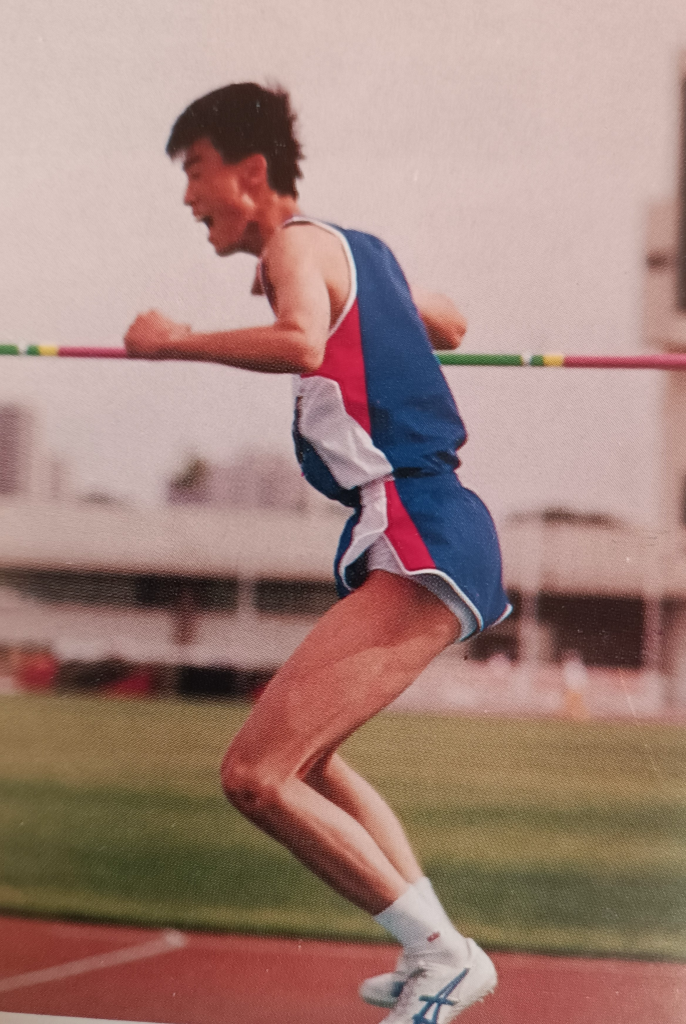
Chinese girls took all of the dozen new records created in the junior women category. Notable among them was the 13.45 secs 100m hurdles win by Zhang Yu and Qiu Qiaoping’s double in the shot put (18.66m) and discus throw (60.14m).
In junior men’s 10 KM Walk, Li Mingcai recorded 43 minutes 31.31 seconds.
1992 New Delhi: The rise of Indian women
Ten years after it served as the main venue for the quadrennial Asian Games, New Delhi’s magnificent Jawahar Lal Nehru Stadium was playing host to the fourth edition of the Asian Junior Athletics Championships.
The Chinese decided to give a “rest” to the athletes who dominated during the Junior Worlds in Seoul, Korea, and that paved the way for new talents to emerge in New Delhi. Even with a second-string team, China took the top position in the medal tally with 11 golds, 5 silvers, and 4 bronze medals. Hosts India finished a close second with 10 gold, 8 silver, and 14 bronze medals, pushing Japan to the third spot (8-11-8).
Championship records have been rewritten in five events. Of which, the Indian girls’ relay teams accounted for two. China’s Bi Hong-yang raised the bar to 2.21m in the high jump while Japan’s Mazaki Mikyake pole vaulted 5.10m.
There was a keen contest in the girls’ long jump between Zhang Hongling from China and Hitomi Takamatsu of Japan. Both recorded an identical 6.38m. However, the former was awarded the gold medal based on the second-best in her series. Both the girls now jointly own the meet mark for the event as the winner of the previous edition, Liu Jingmin, leapt a wind-aided 6.57m in 1990.
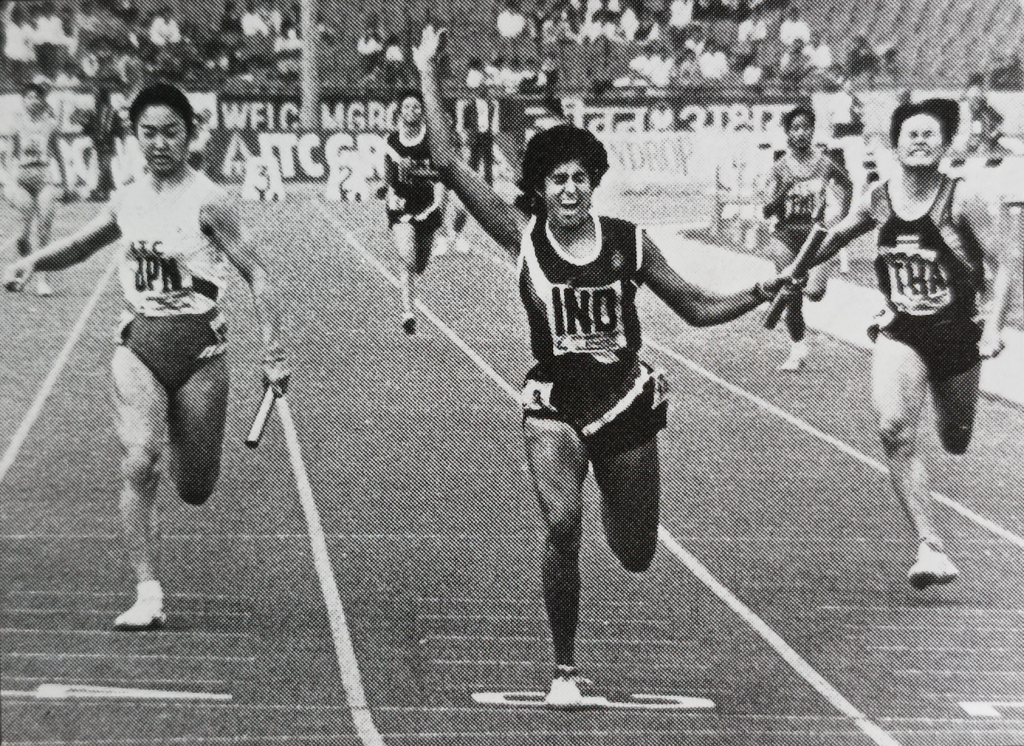
Twenty-one member federations participated in this five-day meet. India’s Lekha Thomas, Junumoni Saikia, Rachita Panda, and Renu Mehta clocked 46.02 secs to win the 4 x 100m relay. Their 4 x 400m quartet of K.S. Bijimol, K.M. Beenamol, Jaspreet Kaur Bajwa, and Paramjit Kaur posted 3:41.27 for another gold. Both of them were new meet records.
The Chinese sprinter Ling Wei won a “double” by taking the 100 and 200m golds in 10.43 and 21.24 seconds, respectively.
1994 Jakarta: Emergence of small nations
The championships returned to their birthplace eight years after it was first held in the Indonesian capital. Around 500 athletes from 29 member federations participated in 41 events, where the women’s triple jump was first introduced in the meet’s programme.
The chain of success of athletes from small nations behind giants like China and Japan with a dearth of talents revealed in their continuous pursuit to excel at the continental contests ranging from the little Arab kingdom of Qatar to the island nation of Sri Lanka. Some of the brilliant athletes from Thailand joined with ‘new’ member Turkmenistan, besides the ever-raising India and Chinese Taipei also displayed their decent show in Jakarta.
Of course, the Chinese retained their supremacy with 16 wins over Japan’s seven. However, Qatar and Chinese Taipei took four titles each, closely followed by India and Thailand with 3 gold medals. The Sri Lankan athletes clinches two gold medals ahead of Indonesia and Turkmenistan (1 each).
Mention must be made of the 18-year-old Thai sprinter Worasit Vechaput, who, after winning the 100m (10.43 secs) and 200m (21.07 secs), aided his country’s sprint relay quartet to take the gold in an excellent 39.66 secs. This not only meant an Asian Junior Record but also placed the nation’s team sixth in the world junior all-time lists behind the likes of the United States, Great Britain, Germany, Soviet Union, and Nigeria.
The girls’ sprint relay team from China also set a new Asian junior record in 44.75 secs. These timings could have earned them silver medals in the World Junior championships held two months earlier in Lisbon. Unfortunately, these teams were not present at that time.
Two young Sri Lankan sprinters caught the eyes of the spectators in Jakarta. Damayanthi Dharsha won the 100m in a new championship record of 11.42 secs ahead of teammate Susanthika Jayasinghe (11.49s). The latter, however, won the 200m in yet another meet mark of 23.16 secs ahead of Damayanthi (23.24s). Both these marks remain intact as of date.
Among the Chinese girls, the best performances came from Huang Lixing in 800m (2:05.11), Luo Jun in the triple jump (13.33m) and Qin Lei in the discus throw (52.72m).
The best among the former Soviet republics, which joined the Asian Athletics family in late 1992, was that of triple jumper Alexander Tumanov from Turkmenistan in a modest 15.68m.
Ram. Murali Krishnan for Asian Athletics
Photo credits: Xinhua, Asian Track & Field News, AAA/LOC Archives
